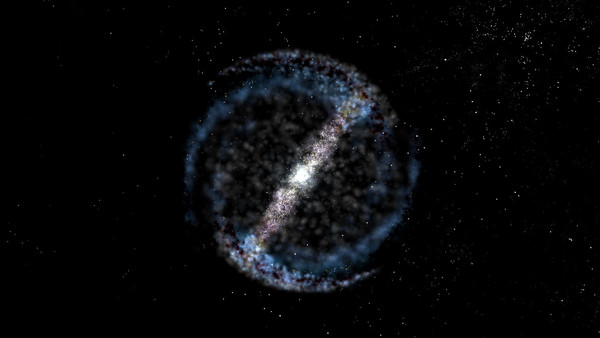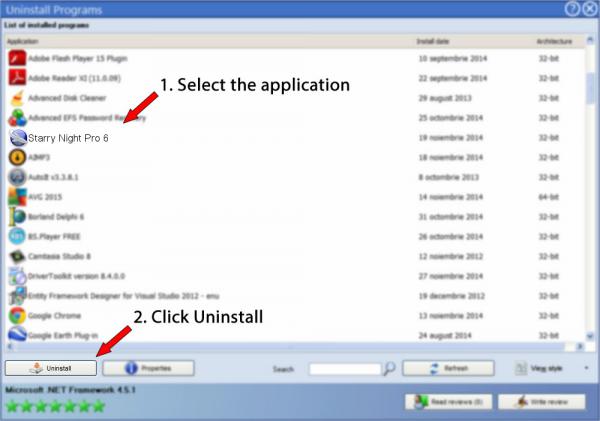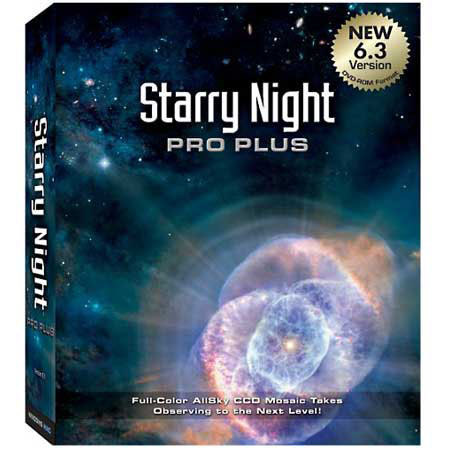
STARRY NIGHT PRO POSITION ANGLE FULL
In 2007 I took my first astro image with a Canon 5D and a 17-40mm f/4L lens, shooting the landscape as a full moon rose over Dartmoor. Unlike the sun, its reflective surface changes in size, so the intensity ‘waxes and wanes’ as it reaches full moon/new moon respectively.


The subtle orange glow is the city of Exeter, 20 miles away. Shooting in moonlight can lift your images out of black and provide an all-important light source to add dimension across the landscape.Īdding a constellation into a familiar location adds a magical touch to the this ‘early years’ moonlit landscape. So, what do you do when shooting under a dark sky and your camera is a little underpowered? The moon can also be a great asset. A 16-35mm f/2.8 for example, works perfectly on APS-C and full frame. Although the choices of APS-C f/2.8 lenses are more limited, use full-frame glass for a greater choice. The tighter packed the photosites, the more susceptible to overheating, which generates noise.Ĭasting this aside, the 1.6x crop is very much welcomed by astrophotographers reaching out towards deep space objects in particular. The APS-C camera with a relative 24mm x 18mm sensor size often has smaller pixels than a full-frame equivalent of 36mm x24mm. The biggest issue is noise, which is relative to pixel size or photosites. Mirrorless cameras rely solely on the sensor to view the composition, meaning a blast from a powerful head torch is necessary to get composition right, but both cameras are easy to critically focus. What about different camera types? Mirrorless or DSLR?īoth can be used effectively for astrophotography, but DSLRs excel in the dark, because they are far easier to compose when the light levels are very low.
STARRY NIGHT PRO POSITION ANGLE ISO
Multiple images stacked together with light painting from two different directionsCanon EOS 5D Mark IV, 16-35mm, 30sec at f/5.6, ISO 800 The brighter the lens, the more light-gathering potential under the veil of darkness. Lenses with a minimum aperture of f/2.8 (often referred to as fast glass) are extremely versatile in most photographic genres, from press photography to portraiture and also astrophotography.

It may not be apparent, but you could already own the equipment you need for astrophotography, especially if you are a portrait photographer. The reason for this, is not only because it is warmer, but the night sky unveils its most incredible feature – the galactic core, the very centre of our Milky Way galaxy.īetween the months of May and late August, the core becomes visible above the horizon, which is at its most prominent in the south of England, which is where a lot of high-quality imagery is created. Canon EOS 5D, 17-40mm, 30sec at f/5.6, ISO 800Īlthough astrophotography can be approached at any time of the year, the summer months are by far the most enjoyable. With camera performance at a minimum, it reinforces the point that a good concept beats camera technology. This was the very first image I took at night some 14 years ago. Saddle Tor in Dartmoor, photographed in moonlight.


 0 kommentar(er)
0 kommentar(er)
